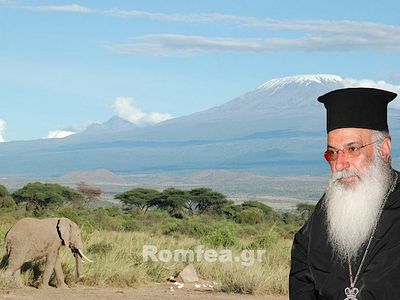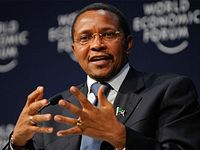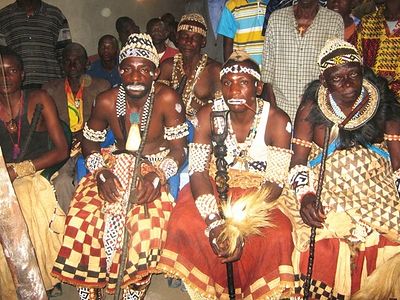Illasit is a Kenyan town on the border of Tanzania with a police patrol near its entrance, which checks personal identification documents from time to time. Amboseli National Park is close by, yet it is still very rare to see foreigners around Illasit. White people tend to attract the attention of locals. Foreigners are usually tourists with large backpacks, there to climb Kilimanjaro, which is also nearby. Organized expeditions to climb this highest of African mountains cost scarcely 1500 US dollars, including carriers and tents. We spent an entire day in Illasit with Fr. Mark Mwangi.
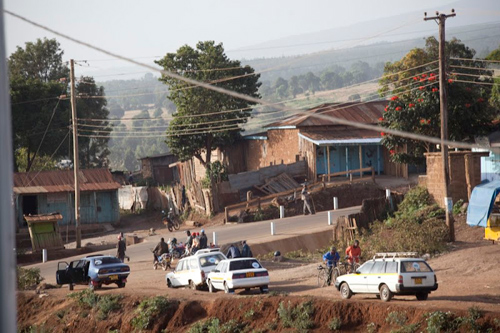
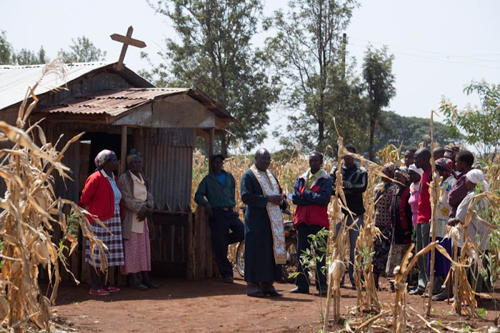
It is quite common in Africa for a priest to serve at more than one parish. Fr. Mark told us his main church is the Church of St. Constantine and Elena, but he also serves the parish of St. Vasiliy the Great, which is situated in a corn field. Apart from these two Orthodox churches, there is just one other church in the area, located about 100 kilometers from Illasit. It has no priest, so Fr. Mark serves there, as well. Photo: Church of St. Vasiliy the Great, which is constructed of corrugated metal. It has a dirt floor, and has no electricity.
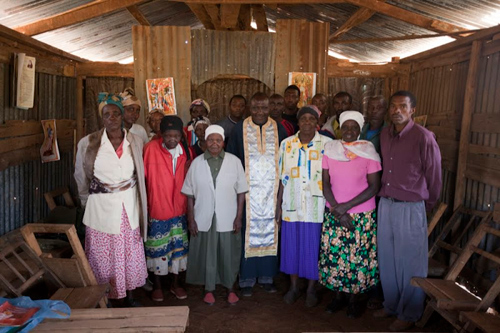
Parishioners of the church came right in the midst of the work day, leaving their work in the field, just to pray with me.
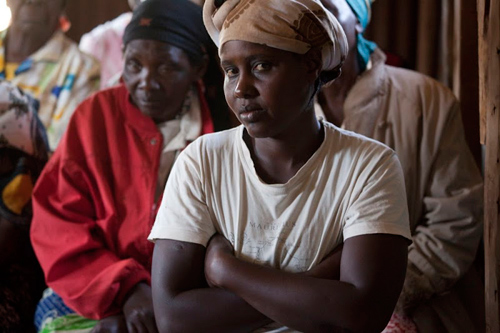
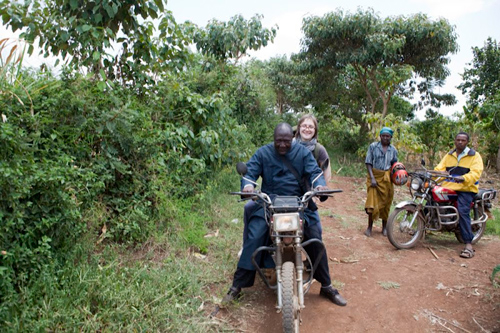
It takes two hours on foot for Fr. Mark and his wife to reach the church. During Holy Week, when services are customarily done in both the morning and the evening, this is especially difficult for them. Fr. Mark doesn’t own a car or even a motorcycle. He must carry his vestments and other religious items with him from his home to the churches. Photo: Fr. Mark borrowed his neighbor’s motorcycle to take me to the orphanage to show me around.
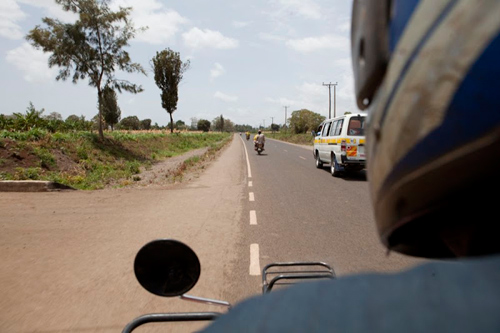
On a normal day, like today, Fr. Mark visits his orphanage, then after lunch at the Church of St. Constantine and Elena, a treatment session is organized for local poor people. But first we must visit 15 houses of orphans. Altogether there are 60 houses, and Fr. Mark and his wife visit each of them once in a month.
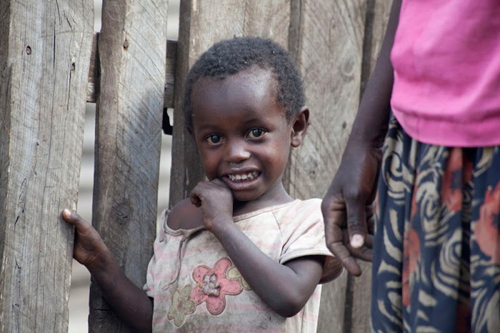
The children’s typical reaction to “mzunga,” or white people, is something akin to curiosity or fright. At times, they really were afraid of me, as it seemed to them I had no skin at all.
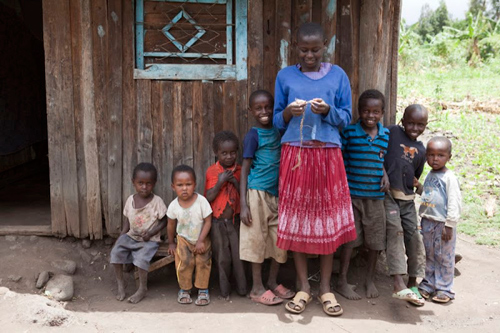
Fr. Mark’s orphans are children who either have one parent, or have no parent at all. Their parents have usually died from AIDS. Most often, if there is no parent in the home, or if the parents are gravely ill, older siblings take care of the younger ones. Mother Alice explained that most orphanages in Kenya take only children of dying parents who can pay them large sums of money. But children left to care for their younger sisters and brothers are poor, and usually have little to no money at all. That means they cannot go to school, and never learn to read or write. Being illiterate, they cannot get a decent-paying job. So they work in the fields to survive.
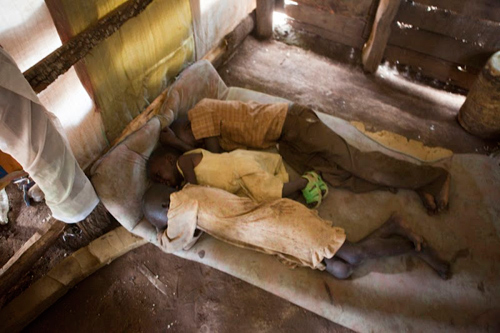
In the orphanage, there are not even enough beds. Children sleep on the floor, sharing a single blanket. There’s no water supply, and no electricity.
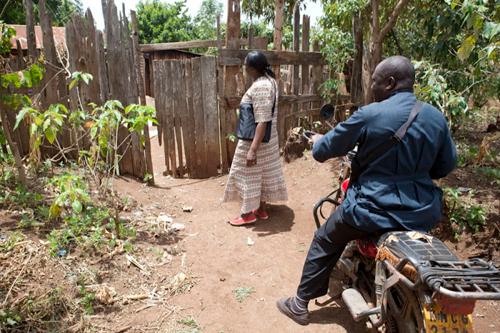
While visiting orphans, Mother Alice talks to them about their health and makes sure they boil their water. If they have no fire, she teaches them how to make their water potable by putting it in a black plastic bag under the sun. She also teaches them to clean themselves, to wash their clothes, and to eat wholesome foods, as best they can with what limited products there are in Africa. Mother Alice has a journal in which she keeps records of all the orphans’ needs. She then visits local shopkeepers to ask for donations to fulfill them. For example, when she recently discovered six children of a single mother with AIDS sleeping on a trash bag on the floor, she managed to get a mattress for them from one of the shops. Photo: Fr. Mark and Mother Alice are at the gate of the house of one of their orphans.
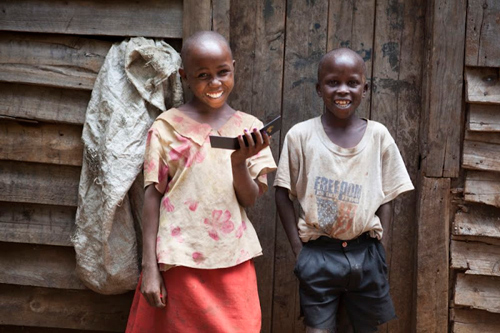
These siblings are orphans; they have no other family at all. Their parents died. They visit Fr. Mark’s church, and live in a small shed under the care of an elderly woman neighbor.
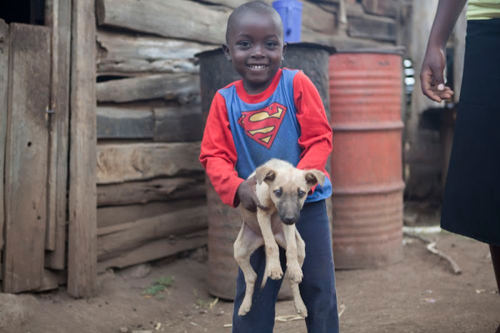
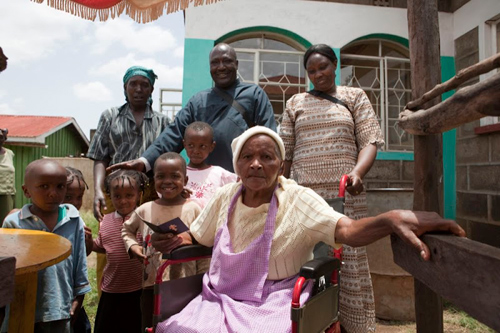
This 74-year-old grandmother is the oldest person in the parishes Fr. Mark serves, and she is one of the oldest Orthodox in Kenya. She was baptized at birth by her parents when the Orthodox Church of Kenya became a part of the Alexandria Patriarchate.
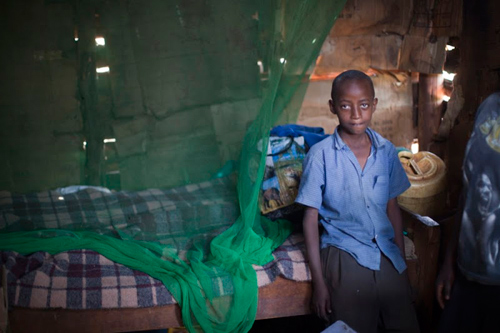
This boy is an orphan. His parents died from AIDS a few years ago. Unfortunately, he has AIDS, too. A local family adopted him, and they take care of him. He lives separately in the kitchen, however, because the family is afraid of his illness. Mother Alice makes sure he gets good food and medical therapy.
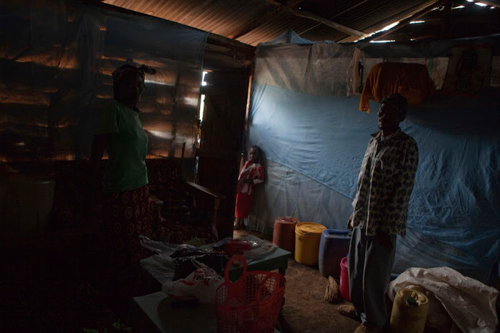
Villagers are really very poor. According to Fr. Mark, he and his wife try to help parishioners get some schooling, so they can get better jobs. He hopes they will then help others in need. As of now, none of his parishioners have permanent jobs with stable salaries. All of them rely on seasonal work: farming corn and selling it twice a year. This is all the income they have. Even though education in Kenya is free, students must supply their school uniforms and textbooks in order to attend. So those without money cannot study and cannot get out of this cycle of poverty.
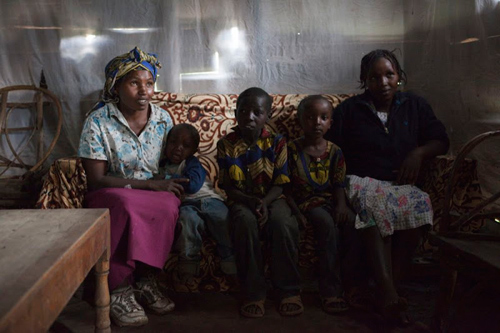
A boy named Francis lives in this house. His father died from AIDS, leaving Francis’ mother to care for him and his siblings on her own. But Francis has developmental delay, so he is not allowed to attend regular school, although he would like so much to study. His mother, of course, cannot afford to pay for special education, so her son gets no schooling at all. She came to me and asked for help, before we left the village.
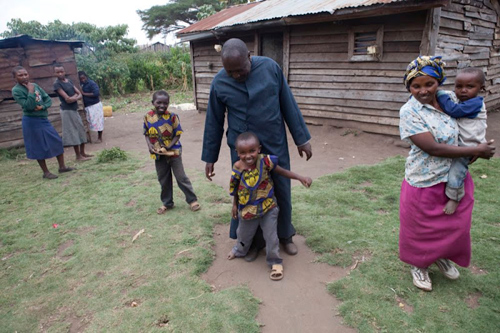
Fr. Mark with his little parishioner Francis.
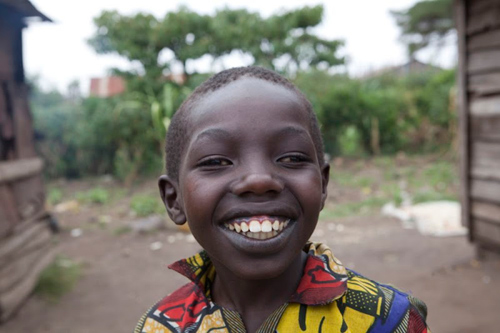
Fees for studying in a special school with boarding would cost 23,000 Kenyan shillings. It is impossible for Francis’ mother to get such money, but I guess we may get it, if we act together. Right?
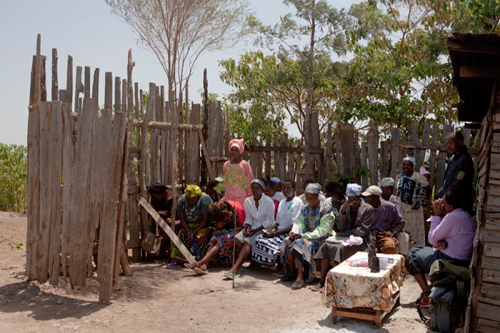
Meanwhile, I saw a group of people with AIDS quietly gathering near Fr. Mark’s house. The group is led by Mother Alice, who completed some course work at the local hospital. A psychologist, paid by Fr. Mark from personal savings and the parish funds, also comes.
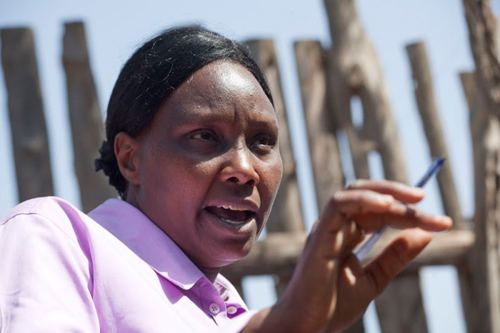
Mother Alice has led such groups since 2004. She said that she works not only with those who already have AIDS, but also with their families. Unfortunately, not everyone knows about the ways one can acquire AIDS. So it is common to see bad and even violent attitudes towards those with AIDS, even within their own families. The community attitude is not good, either. Sometimes patients’ clothes are thrown in the dirt, and they may not be allowed to enter the church. Those with AIDS are sometimes even beaten on the streets.
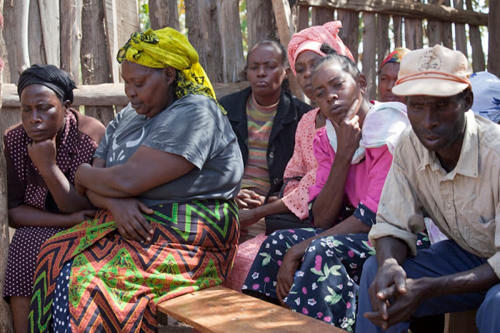
The members of this group gather four times a month. They come twice to talk, and twice to work in the small field, which has been rented out to them by a member for a very small price. During the talks, they share their troubles, or tell how treatment is working for them. They try to support each other in difficult situations. If anyone needs money urgently, they may give money as well. In Kenya, AIDS patients form about 8 percent of the total population. Free treatment drugs are the only assistance the government offers. There are no pensions for the elderly; no discounts; no financial aid for the handicapped; no free medicine. People rely on God, especially when they are ill, and they have no one to support them.

Even though drugs for treating AIDS are distributed free of charge, people must travel to the hospital to get them. This can mean a journey of several hours. Mother Alice takes care of such patients who have no money. Thanks to an agreement that Fr. Mark has with the hospital, he is able to bring some treatment drugs to his house to give to the needy.
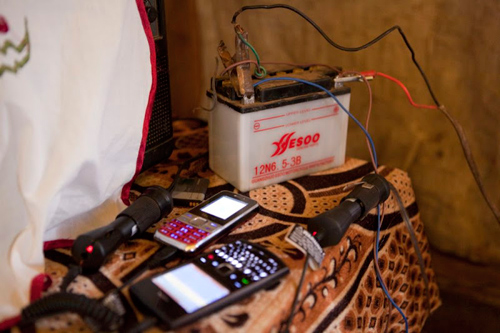
Just like 80 percent of all the Kenyan population, Fr. Mark has no electricity at home. Mobile phones, which it seems nearly everyone has, are charged from a small accumulator charging kit on a motorbike, which is, in turn, charged by solar energy.
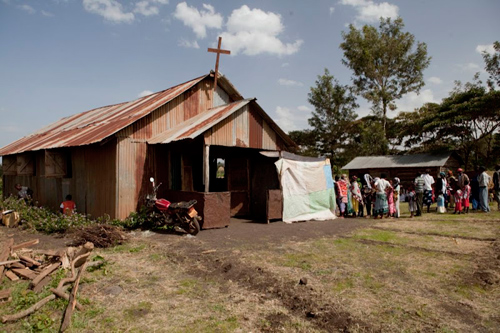
After visiting the orphans and meeting with the AIDS patients, Fr. Mark and Mother Alice go their main church, St. Constantine and Elena, where the free medical consultation is about to start.
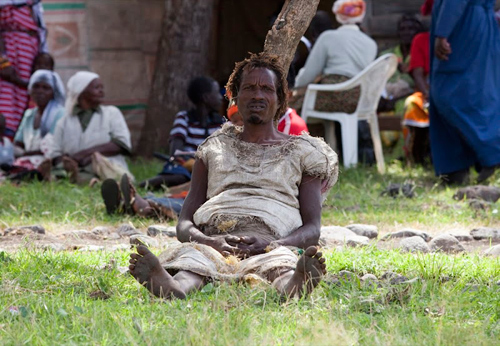
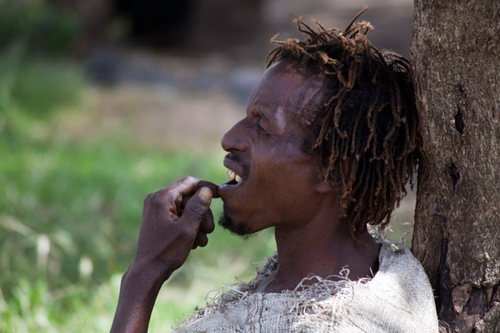
Photos: A patient is already waiting outside for the doctors to come.
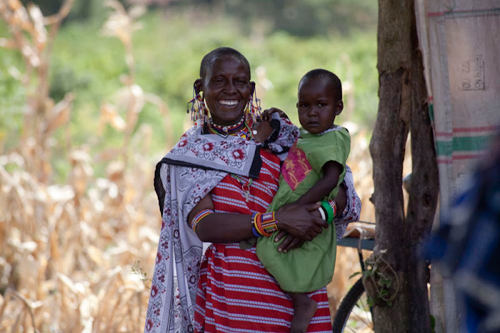
People from different tribes and nationalities, any who live nearby, come to get treatment. The nearest hospital is a long distance away, and treatment is not free there, so very few people can afford to go there. Photo: Masai woman with a baby.
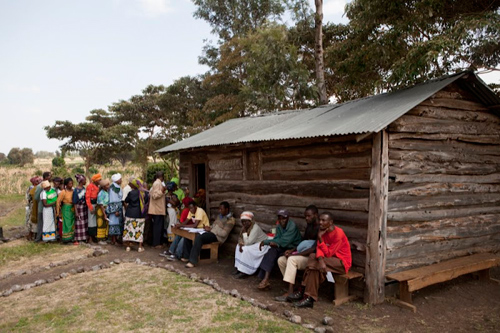
There is a small shed near the church and doctors see the patients there.
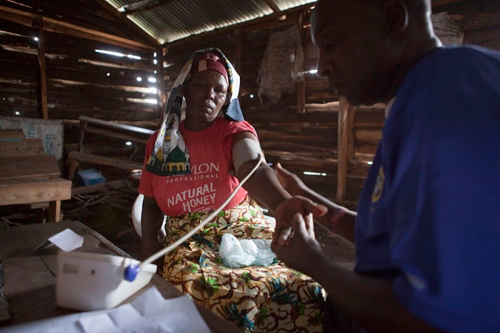
Usually Fr. Mark invites six specialists from the hospital: a therapist, a pharmacist, two AIDS specialists, and two pediatricians. All doctors are paid by Fr. Mark. He organizes their transportation, as well, as it is difficult to get to this place.
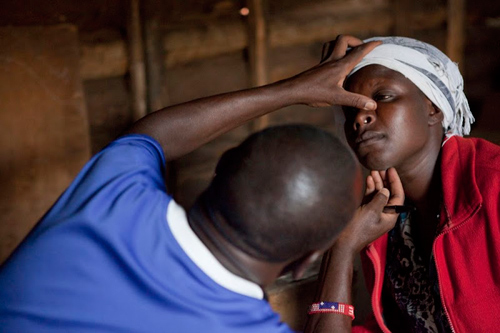
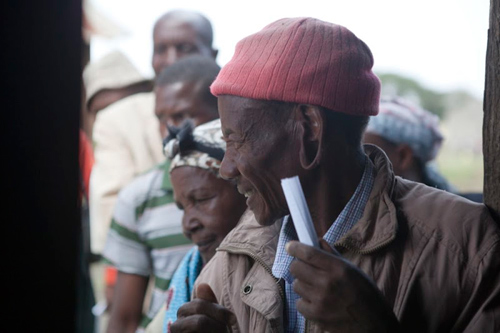
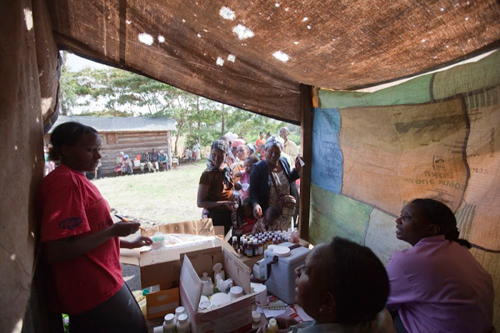
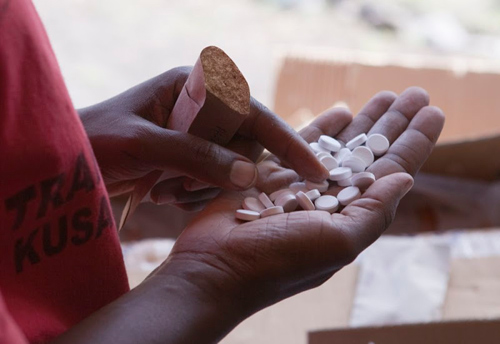
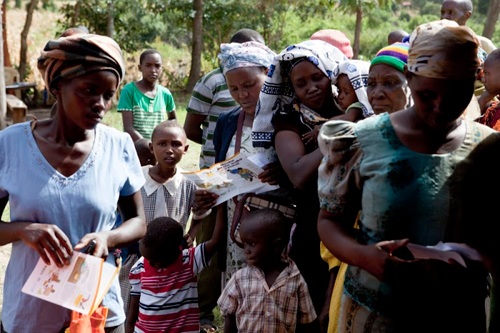
First all patients must be registered. They get a paper with their name and age. Each doctor writes on the paper what drugs they need.
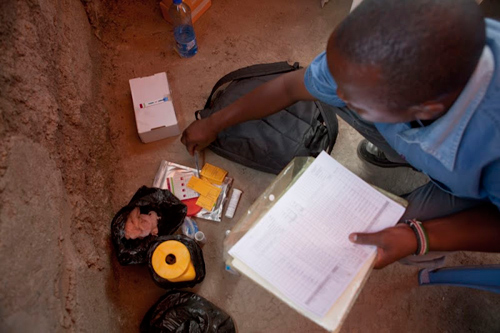
Today 54 people took an AIDS test. Eighteen got positive results.
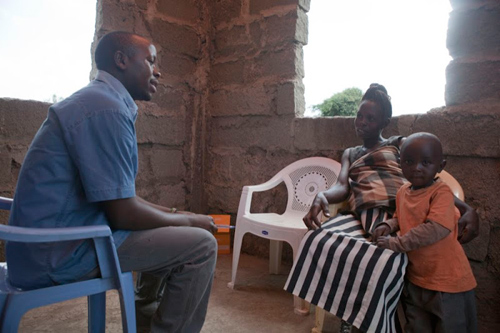
This woman found out that her husband is AIDS-positive during her third pregnancy. So they have brought all their children for the test.
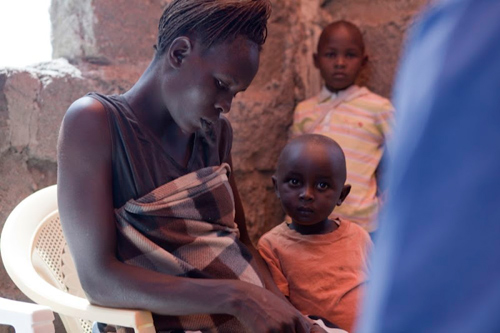
She is free from AIDS, thanks be to God.
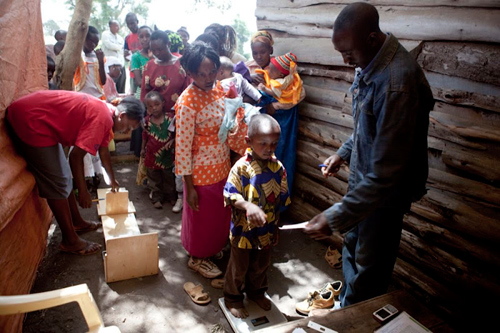
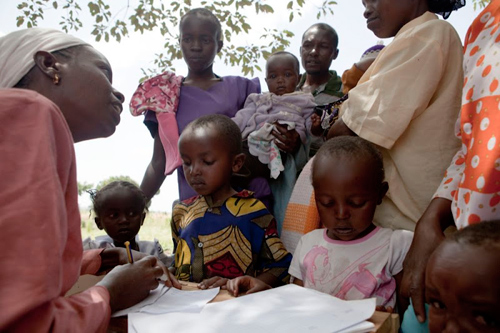
Parents ask questions about the problems their children have, and they usually get help. But the most important thing is to find out if the children get proper nutrition.
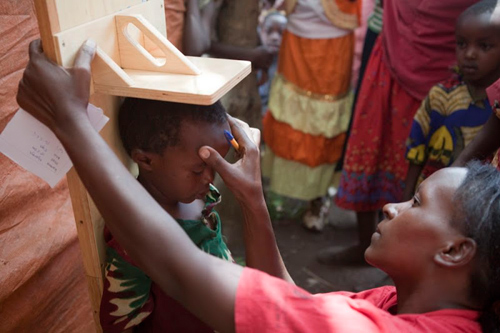
That is why doctors measure the weight and the height of the children.
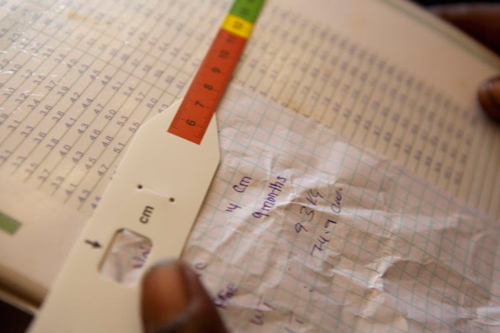
This table shows problems with physical development by weight, height and arm circumference.
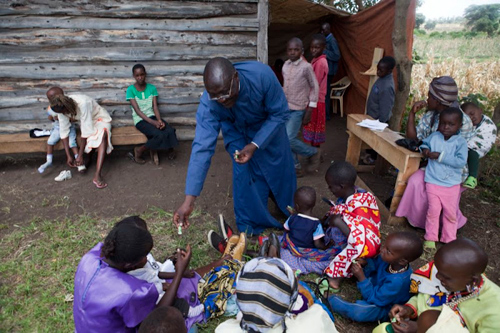
Fr. Mark gives candies to the people waiting to see a doctor. This has been a long day for everyone. Doctors have examined 172 patients who had no other way to get a consultation. All patients were poor; some were not Fr. Mark’s parishioners. The cost of everything came to more than 90 US dollars, which Fr. Mark paid. He would be very happy to invite doctors to come once month, but for now, that is not feasible. So he holds these events three or four times a year.
Ekaterina Zagulyaeva
